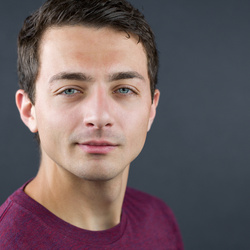Photoshop can feel like a cockpit the first time you open it, and getting your bearings is the difference between guessing and getting real work done. If you edit regularly, knowing where tools live, how panels interact, and which defaults to change saves you hours you can spend making images instead of hunting menus.
Coming to you from Aaron Nace with Phlearn, this practical video shows how the toolbar, the options bar, and the Contextual Task Bar work together so you always see the next logical step after a selection or move. You start on the Home screen in Adobe Photoshop 2025, learn how to create new documents with the right width, height, and resolution, and see why templates are a faster launchpad than a blank canvas. You’re also shown how workspaces shift for different jobs: Essentials, Photography, Painting, Motion, and Graphic and Web. Pinning the Contextual Task Bar to a fixed spot keeps your eyes from chasing floating UI. The result is less clicking and more focused edits.
Nace keeps the workflow concrete. You make a simple elliptical marquee around a subject, pop a Brightness/Contrast adjustment on it, and then blur the mask so the lift fades cleanly into the background. You use Select Subject to target people and tweak only their tones in Properties without touching the rest of the frame. You meet the crop tool and see how expanding canvas with generative options can give you layout breathing room when a composition feels tight. You also get quick reps with everyday tools that matter for editing masks and cleanup: Move for positioning layers, Brush for painting masks, Remove for distractions, Eyedropper for pulling exact colors, and the object-aware selection tools for fast, usable masks.
The real power is customization. You strip the right side down to Layers, Adjustments, Properties, and History, then save that layout as a named workspace so you can always return to it after experimenting. You turn on background saving so progress is captured while you work, and you bump history states to a number that lets you backtrack without fear, which is vital when you are trying looks or testing different selection approaches. You also see how panels can’t be “broken” because any workspace can be reset, which frees you to move modules around until the layout matches how you think. Keyboard habits get attention too, with spacebar panning and quick zooms so you spend less time swapping tools and more time judging pixels.






